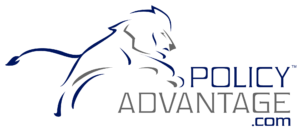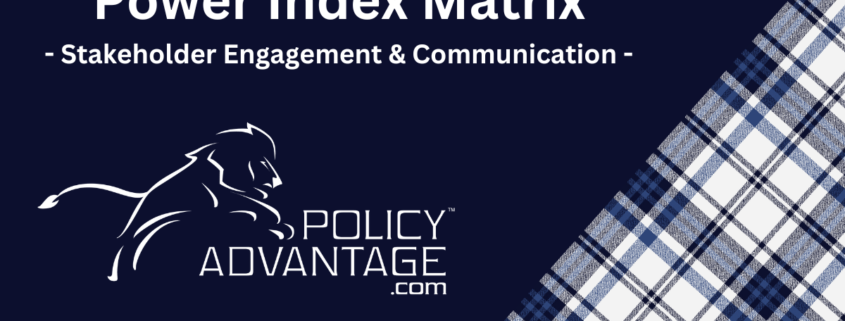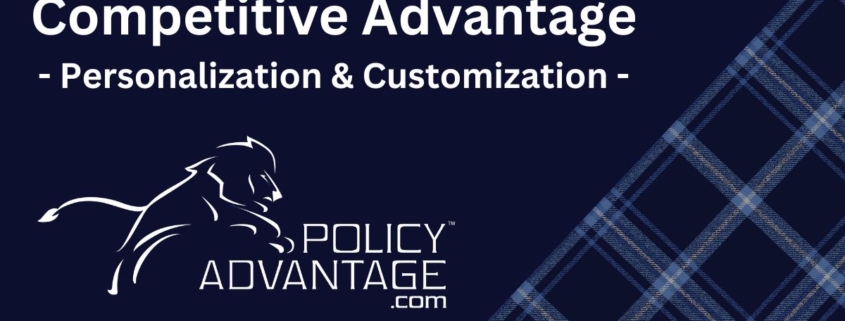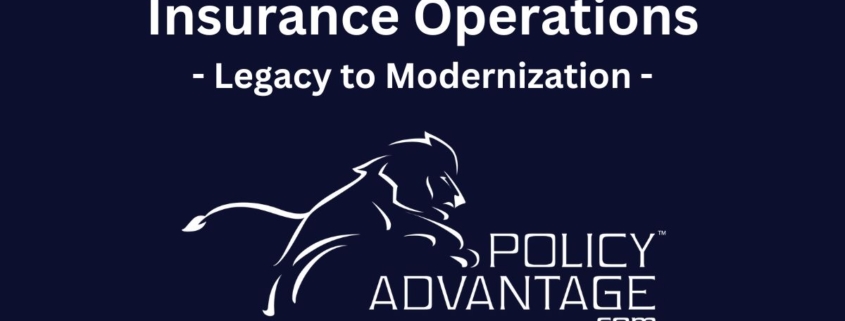As the global economy continues to expand, multinational enterprises (MNEs) face increasing challenges in managing the well-being of their internationally mobile workforce. Whether it’s ensuring access to high-quality healthcare, addressing regulatory compliance, or managing risk across borders, health insurance has become a critical consideration for global businesses. Partnering with specialized international, travel, and expat health insurance agents offers MNEs significant benefits that streamline operations and protect both the company and its employees.
Tailored Coverage for Diverse Needs
One of the most significant challenges for MNEs is providing health insurance coverage that meets the diverse needs of employees in multiple countries. Each country has different healthcare systems, varying medical standards, and unique regulatory requirements. International health insurance agents specialize in customizing plans for expats, frequent travelers, and globally mobile workers. They help companies find the most suitable policies, ensuring employees have access to quality care—whether they’re in Europe, Asia, or Africa—without worrying about whether local policies or providers meet corporate standards.
By working with health insurance agents who understand the global market, MNEs can offer a unified yet flexible approach to healthcare that covers various contingencies, such as emergency evacuations, mental health support, and long-term care for expatriates and travelers.
Compliance With Local Laws and Regulations
Navigating the complex web of health insurance regulations across multiple countries is a daunting task for MNEs. Different countries have their own rules governing health coverage, and MNEs must ensure they comply with local laws to avoid penalties or legal challenges. Local health insurance agents bring in-depth knowledge of the regulations in each region and ensure that businesses stay compliant.
For example, in the European Union, compliance with local mandates on health insurance is critical, while in countries like the U.S., understanding the Affordable Care Act’s shared responsibility provisions is essential. An experienced health insurance agent can guide MNEs through these complexities and help them avoid costly legal mistakes.
Cost-Effective Solutions for Global Coverage
Managing healthcare for a global workforce can be a significant expense for MNEs. However, international health insurance agents specialize in identifying cost-effective solutions. They are adept at finding the right balance between comprehensive coverage and affordability. For instance, an agent can recommend different insurance providers and plans that best fit the needs of a company’s employees in different regions, allowing businesses to optimize costs without sacrificing the quality of coverage.
Agents also provide valuable insight into how to structure health insurance plans to maximize tax benefits for both the company and its employees, further contributing to cost savings. By customizing solutions, MNEs can avoid paying for unnecessary services while ensuring that critical coverage is provided where it’s needed most.
24/7 Global Support for Employees
One of the biggest advantages of partnering with international, travel, and expat health insurance agents is the 24/7 support offered to employees worldwide. Having access to healthcare assistance at all times—regardless of time zone or location—is a must for globally mobile workers, especially in emergencies. Health insurance agents often work with providers that offer international call centers, multilingual support, and easy-to-navigate digital platforms.
This continuous support is invaluable to expat employees and frequent travelers, helping them manage everything from routine medical appointments to emergency care. Agents can also facilitate medical evacuations, provide connections to local healthcare professionals, and ensure that employees receive top-notch care wherever they are.
Risk Management and Employee Retention
For MNEs, safeguarding employees’ health isn’t just about compliance—it’s also a strategic priority that helps attract and retain top talent. Global employees, particularly expats, often look for comprehensive health insurance as part of their compensation package. Offering tailored, high-quality international health coverage helps companies attract and retain valuable employees who might otherwise hesitate to take overseas assignments due to concerns about healthcare.
Additionally, health insurance agents help MNEs manage risks. In some regions, healthcare access may be limited or of variable quality, which can increase the risk of illness or injury for employees. An insurance agent specializing in international health insurance will ensure that MNEs mitigate these risks by providing access to top-tier medical facilities and services through globally recognized health networks.
Simplified Claims Processing and Administration
Managing health insurance claims across borders can be a logistical nightmare. Different countries have different claim processes, often requiring a lot of paperwork, which can cause delays and frustration for employees. International health insurance agents simplify claims management for both the company and its employees by providing seamless solutions that integrate with global providers.
Agents ensure that claims are processed efficiently, whether it’s for routine doctor visits or major medical procedures, eliminating much of the administrative burden. This not only enhances employee satisfaction but also allows HR departments to focus on more strategic initiatives rather than being bogged down by health insurance logistics.
At PolicyAdvantage.com, we partner with an industry-leading portfolio of global health insurance providers such as Allianz Care, Cigna Global, Anthem GeoBlue, and IMG to offer unparalleled coverage solutions for multinational enterprises (MNEs). These partnerships allow us to deliver customized health plans that meet the diverse needs of globally mobile employees, ensuring access to world-class medical care in any region. By working with top-tier insurers, we provide MNEs with comprehensive, compliant, and cost-effective global health coverage that supports employee well-being and enhances the company’s competitive edge in international markets.
Conclusion
For multinational enterprises, providing comprehensive and compliant health insurance for globally mobile employees is no longer optional—it’s essential. Partnering with specialized international, travel, and expat health insurance agents provides MNEs with the expertise needed to navigate the complexities of global healthcare, minimize risk, and ensure employees are covered wherever they are in the world.
By working with agents who understand the nuances of global health insurance, MNEs can offer flexible, cost-effective solutions that improve employee well-being, enhance recruitment efforts, and streamline operations. In the competitive global marketplace, having the right health insurance strategy is critical to both business success and employee satisfaction.







 At PolicyAdvantage.com, innovation isn’t just a buzzword—it’s a way of life. Recently, our team embarked on an exciting journey that merged creativity with cutting-edge technology, resulting in a captivating visual representation of our brand values. Let us introduce “Operation Glacier Mane.”
At PolicyAdvantage.com, innovation isn’t just a buzzword—it’s a way of life. Recently, our team embarked on an exciting journey that merged creativity with cutting-edge technology, resulting in a captivating visual representation of our brand values. Let us introduce “Operation Glacier Mane.”